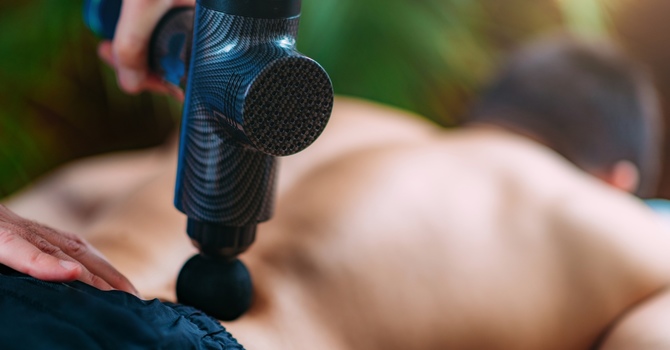Discover How Contemporary Medical Acupuncture Relieves Sciatic Pain
Sciatic pain can be debilitating, affecting daily activities and overall quality of life. Contemporary medical acupuncture has gained significant recognition as an effective intervention for sciatic pain relief. But how does it work, and what does the research say?
Understanding Sciatic Pain
Sciatica occurs when the sciatic nerve, which runs from the lower back down to the legs, becomes irritated or compressed. Common causes include herniated discs, spinal stenosis, or muscular tension, particularly in the piriformis muscle. Symptoms range from sharp, shooting pain to numbness and tingling in the lower extremities.
The Role of Contemporary Medical Acupuncture
Contemporary medical acupuncture is rooted in neurophysiology and evidence-based practice. It involves the insertion of thin needles at specific points to stimulate nerves, muscles, and connective tissue, helping to modulate pain pathways and promote healing.
Evidence-Based Benefits of Acupuncture for Sciatica
Numerous studies support the use of acupuncture for sciatic pain relief. A meta-analysis published in Pain Medicine (Lee et al., 2020) reviewed multiple randomized controlled trials and found that acupuncture significantly reduced pain intensity and improved functional mobility in patients with sciatica compared to conventional treatments alone.
Another study in The Journal of Pain (Vickers et al., 2019) demonstrated that acupuncture helps modulate pain by stimulating the release of endorphins and activating the body's natural pain inhibition pathways. This explains why patients often experience immediate relief after treatment sessions.
Mechanisms of Action
- Pain Modulation – Acupuncture stimulates the nervous system, leading to the release of neurotransmitters like endorphins and serotonin, which help reduce pain perception.
- Muscle Relaxation – Tight muscles, such as the piriformis, can contribute to sciatic pain. Acupuncture helps release muscle tension and restore normal function.
- Improved Circulation – Increased blood flow to the affected area promotes tissue healing and reduces inflammation around the sciatic nerve.
Combining Acupuncture with Other Therapies
At Holland Landing Health Centre, we take a comprehensive approach to sciatic pain management. Many patients benefit from combining Newmarket acupuncture services with chiropractic adjustments and massage therapy. Chiropractic care helps restore mobility in the spine and relieve pressure on the sciatic nerve, while massage addresses muscular imbalances contributing to the pain.
Conclusion
If you're struggling with sciatic pain, contemporary medical acupuncture offers a safe, evidence-based treatment option. With its ability to modulate pain, reduce muscle tension, and promote healing, acupuncture can be an essential component of your recovery plan. Contact Holland Landing Health Centre today to learn more about our Newmarket acupuncture services and how we can help you find relief from sciatic pain.
References:
Lee, J. H., Choi, T. Y., Lee, M. S., et al. (2020). Acupuncture for sciatica: A systematic review and meta-analysis. Pain Medicine, 21(4), 831-843.
Vickers, A. J., Vertosick, E. A., Lewith, G., et al. (2019). Acupuncture for chronic pain: Update of an individual patient data meta-analysis. The Journal of Pain, 20(5), 549-563.
Zhou, W., Benharash, P. (2021). Significance of acupuncture in pain management. Anesthesia & Analgesia, 132(5), 1356-1365.



